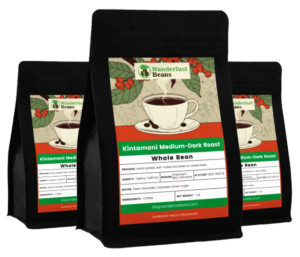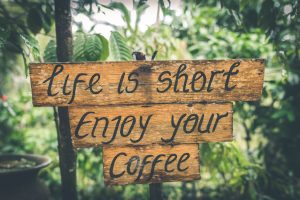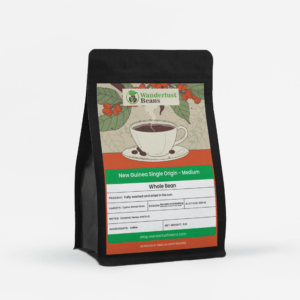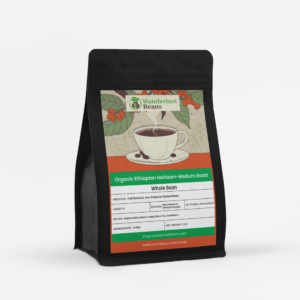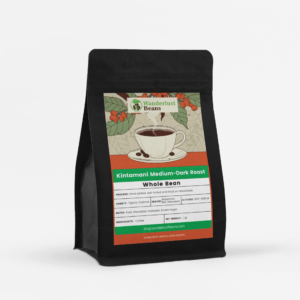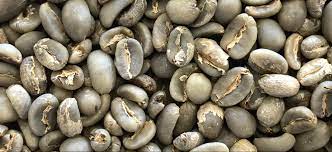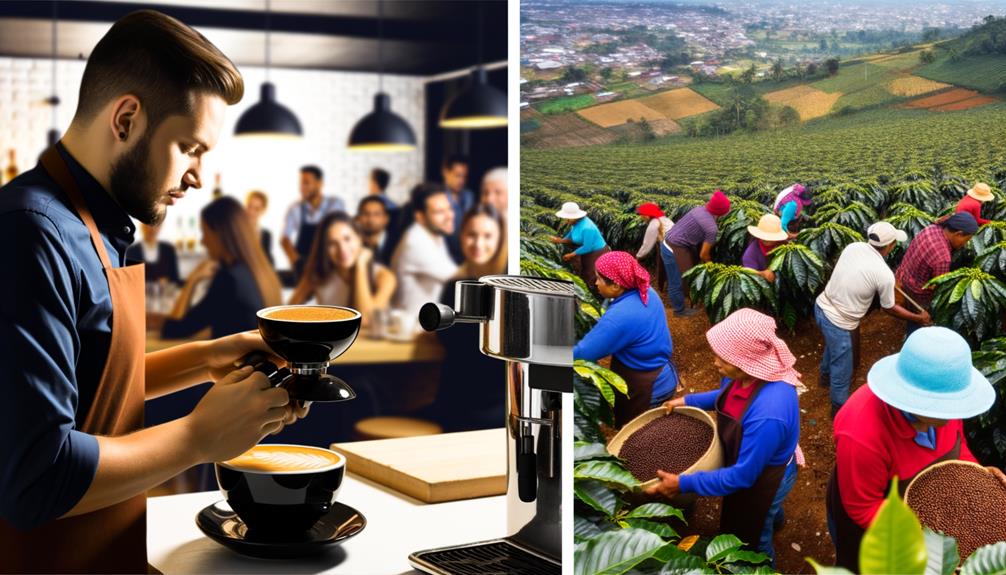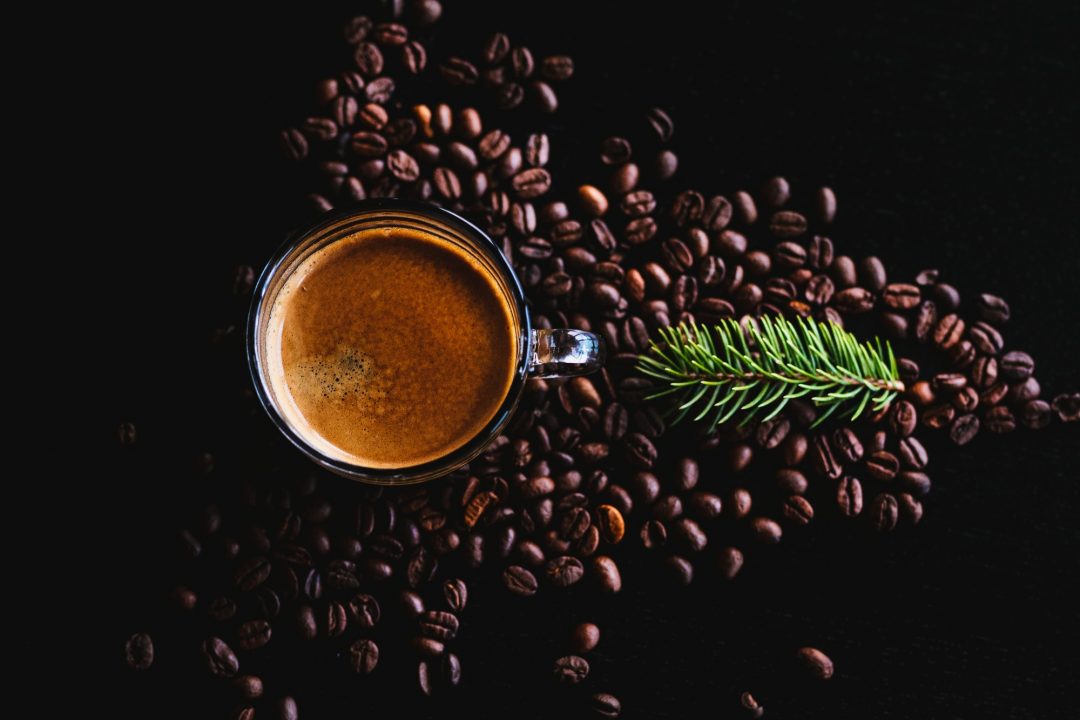As a coffee enthusiast, you know that the best way to appreciate specialty coffee is by brewing the coffee at home. In this guide, we will explore the essential steps and techniques to master preparing coffee. We will discuss the importance of selecting high-quality beans, the optimal brewing method, and the tools necessary for a perfect cup.
Table of Contents
The Importance of Freshly Roasted Coffee
The foundation for a perfect cup of coffee lies in the freshness of the beans. Freshly roasted coffee beans offer an unparalleled taste experience, highlighting the unique flavors and aromas of each origin. When coffee is roasted, the beans undergo a process called degassing, where they release carbon dioxide. As the coffee ages, this process slows down, and the beans begin to lose their aroma and flavor. Ideally, you should consume your coffee within 1-4 weeks of roasting for maximum freshness.
To ensure you’re getting the freshest beans possible, look for a roast date on the packaging and opt for roast-to-order coffee, which is roasted specifically for your purchase. In addition, storing your beans in a cool, dry place in an airtight container will help preserve their freshness.
Choosing Your Ideal Single-Origin Coffee
Selecting the perfect specialty coffee for your taste preferences is an essential step towards a satisfying brewing experience. Each origin has its unique flavor profile, which can range from bright and fruity to earthy and chocolatey. To choose your ideal coffee, consider these factors:
- Region: Coffee-producing regions are known for specific flavor characteristics. For example, African coffees are often fruity and acidic, while Central American coffees tend to be bright and balanced.
- Processing method: The processing method used can significantly impact a coffee’s flavor profile. Washed coffees generally have a cleaner taste, while natural-processed coffees can exhibit more fruity and funky flavors.
- Roast level: Lighter roasts tend to preserve the unique flavors of the origin, while darker roasts develop more caramelized, chocolatey notes.
Experiment with different single-origin coffees to find the ones that resonate with your taste buds.
Coffee Grind Size and Consistency
Grind size and consistency play a crucial role in the extraction process, which determines the flavor and strength of your brewed coffee. The appropriate grind size depends on the brewing method you’re using, as different methods require varying extraction times. Here’s a general guideline for grind sizes based on common brewing methods:
- Coarse grind: Ideal for French press, cold brew, and percolator methods.
- Medium grind: Suitable for drip coffee makers and pour-over methods like Chemex and Hario V60.
- Medium-fine grind: Works well with AeroPress, siphon, and some pour-over methods like Kalita Wave.
- Fine grind: Best for espresso, moka pot, and some AeroPress recipes.
Investing in a high-quality burr grinder is essential for achieving consistent grind size and uniformity. A consistent grind ensures even extraction and prevents under-extracted (sour) or over-extracted (bitter) flavors in your cup.
Brewing Methods for Specialty Coffee
The brewing method you choose can have a significant impact on the final taste of your single-origin coffee. Each brewing method has its unique characteristics, and some may highlight certain flavor profiles better than others. Here are some popular brewing methods to consider:
- Pour-over: Pour-over methods like Chemex, Hario V60, and Kalita Wave offer precise control over brewing variables, allowing you to bring out the best flavors in single-origin coffee. They generally produce a clean, bright cup with nuanced flavors.
- French press: This immersion brewing method is known for its full-bodied, rich flavor, with a thicker mouthfeel. It’s perfect for those who prefer a bolder cup.
- AeroPress: This versatile brewing method allows for experimentation with various recipes and grind sizes, enabling you to extract the optimal flavor from your single-origin beans.
- Espresso: Single-origin espresso can showcase the unique characteristics of the beans, though it might require a more experienced hand to dial in the perfect shot.
Experiment with different methods to discover which one best highlights the flavors of your chosen single-origin coffee.
Water Quality and Temperature
Water makes up more than 98% of your brewed coffee, so its quality is crucial for a great-tasting cup. Ideally, use filtered water with a balanced mineral content to avoid any off-flavors or negatively affecting extraction.
Water temperature also plays a vital role in coffee extraction. Too hot, and you risk over-extracting and creating bitter flavors; too cool, and you’ll under-extract, resulting in a sour taste. The ideal temperature range for brewing most single-origin coffees is between 195°F and 205°F (90°C and 96°C). Use a thermometer or an electric kettle with temperature control to ensure the correct brewing temperature.
The Perfect Coffee-to-Water Ratio
The coffee-to-water ratio determines the strength and balance of your brewed coffee. While the ideal ratio depends on personal preference, a general guideline is to start with a 1:15 or 1:16 ratio (coffee to water) for most brewing methods. This translates to approximately 1 gram of coffee for every 15-16 grams (or milliliters) of water.
Using a digital scale to measure both your coffee and water ensures consistency and accuracy, allowing you to fine-tune your brewing process over time.
Brewing Time and Technique
Brewing time and technique vary depending on the method you choose, but mastering these aspects is essential for achieving a perfect cup of single-origin coffee. Here are some general guidelines for popular brewing methods:
- Pour-over: Use a slow, steady spiral pouring motion, starting in the center and working your way outwards. Allow the coffee to “bloom” (expand and release gases) for 30-45 seconds before continuing to pour. The total brewing time should be around 3-4 minutes.
- French press: After adding coffee and hot water, gently stir the mixture, ensuring all the grounds are saturated. Let the coffee steep for 4 minutes, then slowly press the plunger down to separate the grounds from the liquid.
- AeroPress: Insert the plunger and invert the AeroPress (with the chamber on top). Add coffee and water, then stir gently to saturate the grounds. Allow the coffee to steep for 1-2 minutes, depending on your preferred recipe. Attach the filter cap and carefully flip the AeroPress onto your cup. Slowly press the plunger down over 30-45 seconds.
- Espresso: Evenly distribute and tamp the coffee grounds in the portafilter. Attach the portafilter to the espresso machine and start the shot. Aim for a 25-30 second extraction time for a balanced and flavorful espresso.
Brewing times may vary depending on your chosen coffee and equipment, so experiment and adjust as needed to achieve the desired taste.
Tasting and Adjusting Your Brew
Once you’ve brewed your coffee, take a moment to savor the aroma and taste. Evaluate the flavor profile, body, acidity, and balance. If the coffee tastes off, you may need to make adjustments to your brewing process. Here are some tips for refining your brew:
- Sour or under-extracted taste: This can indicate that your coffee has not extracted enough. Try using a finer grind, increasing the brewing temperature, or extending the brewing time.
- Bitter or over-extracted taste: This usually means that your coffee has extracted too much. Experiment with a coarser grind, decreasing the brewing temperature, or shortening the brewing time.
- Weak or watery taste: You might need to use more coffee or less water to achieve a stronger cup. Adjust the coffee-to-water ratio accordingly.
Remember that brewing the perfect cup of specialty coffee takes practice and patience. Keep experimenting and fine-tuning your process to bring out the best flavors of your chosen beans.
In conclusion, mastering the art of preparing specialty coffee at home involves understanding the importance of fresh, roast-to-order beans, selecting the right coffee for your taste, and carefully controlling brewing variables like grind size, water quality, temperature, and technique. By following these guidelines and continuously experimenting with different origins and brewing methods, you can elevate your home coffee experience and fully appreciate the unique flavors that single-origin coffee has to offer.

